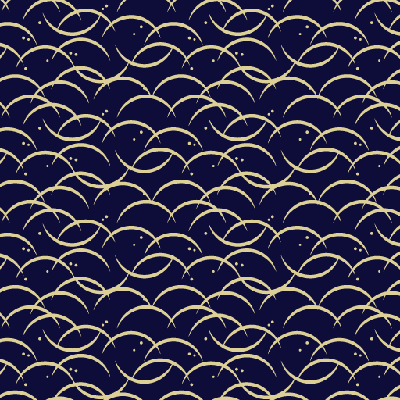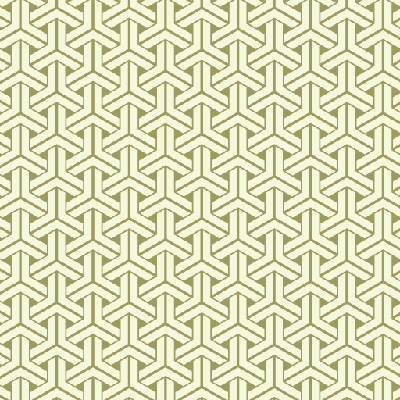Japan has always cultivated a special relationship with nature and the seasons despite having some of the world's most populous cities. And Japanese design, like the country itself, is constantly changing and innovating. In part, it has changed to reflect Japan's relationship with the West, long-standing mutual cultural influences and technical revolutions while always remaining faithful to its roots.
Philosophy
Since the advent of the artistic and philosophical Mingei movement (folk art) founded by Soetsu Yanagi in the 1920s as a reaction against the excesses of modernity, Japanese design relies on traditional design codes that are constantly reinterpreted and which have given rise to so many design classics. Take the Butterfly stool designed by Sori Yanagi and inspired by nature and Japanese calligraphy or Isamu Noguchi's paper lanterns that evoke the art of origami.


The aim of the Mingei movement? To rediscover and value Japanese folk art - using high quality natural materials and focusing on authenticity, simplicity and sobriety - in a contemporary approach to highlight the value of everyday objects and their spiritual contribution to our lives. A veritable art of living and a return to basics, as summed up by Sori Yanagi: "When an object is used manually, it must be made manually. "

2015 Trends
The Habitat Design Studio presents its 2015 trends... a contemporary take on traditional patterns, vivid colours, curiosity: origami and the sheer poetry of Hanami (cherry blossom viewing), which heralds the arrival of spring in Japan. And blue - the king of colours. We're getting all poetic this season...
Tabouret Butterfly, Sori Yanagi
Japan: a source of inspiration
Creative themes
Harmony, purity and authenticity: as for the forms and lines, dominant furniture colours are kept simple — black, white and natural or stained wood. However, textiles display a huge range of colours and patterns some of which have survived for centuries. Figurative or stylised, they are often inspired by nature (a central tenet of Shintoism) and the Japanese archipelago itself - a land of sea, snow, vast urban conglomerations and paradoxes. We find fish, birds, butterflies, dragon flies, cherry and plum blossoms in vivid colours corresponding to the traditional colour chart. Sober highly-stylised patterns appear fresh and modern despite being thousands of years old. This is true for the famous Seigaiha pattern composed of overlapping circles that form the immediately recognisable "waves" that contemporary designers love using. Or the Asanoha pattern made up of repeated hemp leaves resembling diamonds or the Shippô pattern made up of interlocking circles forming ellipses. A bridge between tradition and modernity from a culture which is both familiar and exotic - Japanese design continues to inspire us.
*Excerpt from Susie Hodge's What Makes Great Design published by Eyrolles.
Lanternes en papier d'Isamu Noguchi
Get inspired!
 |  |  |  |
|---|---|---|---|
 |  |  |  |
 |  |  |  |
 |  |  |  |
 |  |  |  |
 |  |  |  |
 |  |  |  |
 |





